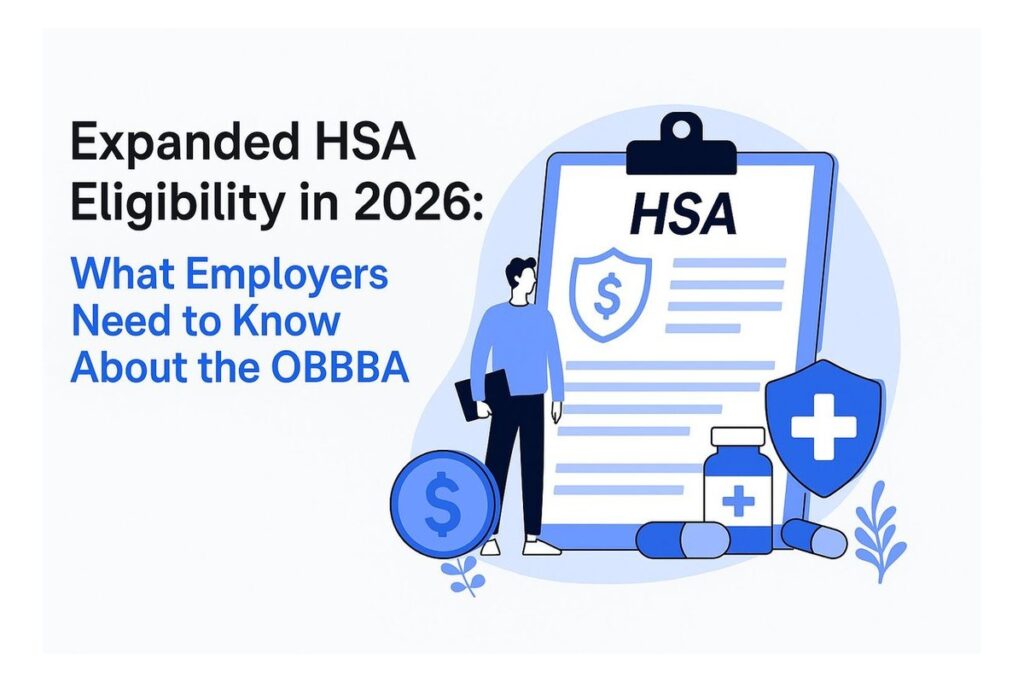Offering a 401(k) plan remains one of the most effective ways for employers to attract top talent and support employee retirement savings goals. While there are alternative qualified retirement plans, the 401(k)’s popularity stems from its flexibility, tax advantages, and broad employee appeal.
But with its advantages come significant regulatory responsibilities – especially around eligibility requirements. This article breaks down the latest 401(k) eligibility rules, compliance risks, and best practices for avoiding penalties.
401(k) Plan Eligibility: What Employers Need to Know
Under federal law, 401(k) eligibility depends on two primary factors: age and service. Employers must allow full-time employees to participate in a 401(k) plan if they:
Are at least 21 years old
Have completed one year of service, typically defined as 1,000 hours worked within a 12-month period starting on their hire date
Employers can choose to offer more generous eligibility terms, such as immediate plan entry, but stricter requirements are not permitted.
New Rules for Part-Time Employees Under SECURE Act 2.0
Thanks to the SECURE Act of 2019 and the SECURE 2.0 update, the eligibility threshold for long-term part-time employees has changed:
Employees must still meet the age requirement (21+)
Now, they only need to work 500 hours per year for two consecutive years (down from three)
These changes officially took effect in 2025 and apply to employees who worked 500+ hours in both 2023 and 2024. While this expands retirement plan access, it also increases compliance complexity for plan sponsors.
Compliance Risks: What Happens If You Miss the Mark
Failing to properly track and apply eligibility rules can expose your business to serious consequences, including:
IRS audits of your retirement plan
Financial penalties and required retroactive contributions (typically 50% of missed deferrals plus investment gains)
Plan disqualification, resulting in the loss of tax advantages
These risks are especially high for businesses with seasonal, part-time, or variable-hour employees, where service tracking is more complicated.
Best Practices to Maintain 401(k) Compliance
To ensure compliance and avoid penalties:
Track hours worked for all employees, not just full-timers
Use payroll and HR software with automated eligibility tracking features
Partner with a third-party administrator (TPA) that offers compliance support
Consult with a benefits advisor or ERISA attorney to understand how service breaks and legislative updates affect eligibility
Stay informed about any upcoming rule changes or regulatory guidance
The Value of a 401(k): A Strategic Investment in Your Workforce
Implementing and maintaining a compliant 401(k) plan is more than a regulatory task—it’s a strategic investment in your employees’ future and your business’s competitiveness. With the right support systems, managing compliance is entirely achievable.
Partner With Stelios Payroll to Simplify 401(k) Compliance
Managing 401(k) eligibility rules—especially with evolving legislation—can be overwhelming. That’s where Stelios Payroll comes in. Our team offers comprehensive payroll solutions with built-in compliance tracking, seamless integration with benefit plans, and personalized support to help you stay ahead of regulatory changes.
Let Stelios handle the details so you can focus on growing your business.
✅ Automated eligibility tracking
✅ Expert payroll and HR guidance
✅ Scalable support for part-time and variable-hour workforces
Get in touch today to see how Stelios Payroll can help you stay compliant, protect your business, and deliver value to your employees.




